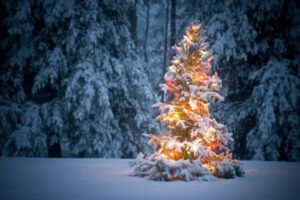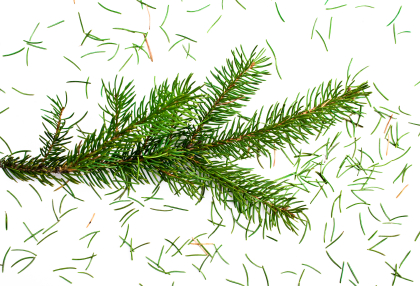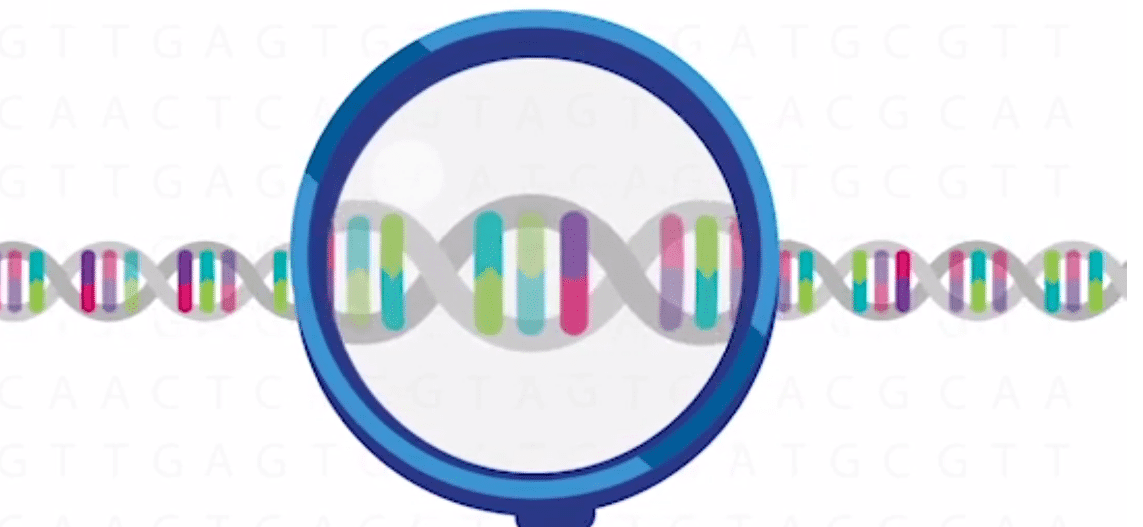
If you could just get your Christmas tree to spit into a tube and extract some DNA, you might learn a lot about your holiday decoration.
For starters, you might be able to tell where it originated. Plant genetics, like animal genetics, is influenced by geography. A team of Douglas fir tree researchers, under the direction of Andrew Eckert and David Neale from the University of California, Davis, have discovered seven genetic markers with frequencies that vary with location across the Pacific Northwest. These markers were found in genes associated with cold-hardiness.
The implication is that northern Douglas fir trees, exposed to blustery winter weather, evolved to be genetically different from their southern-dwelling cousins. Their find, although not surprising, is interesting; science is now beginning to understand exactly how genetic variation leads to the cold-hardy trees of the north.

The real cutting edge of Christmas tree research, however, lies with cut trees and the mess that they make. Anyone with firsthand experience with a fresh-cut Christmas tree knows that shed needles are the price paid for that fresh piney scent. With an ever-earlier start to the Christmas season, needle retention research represents an opportunity; a tree which could retain its needles from Thanksgiving until well past New Year’s would be a commercial hit.
Gary Chastagner of the Washington State University, sometimes referred to as “Mr. Christmas Tree,” is leading a scientific quest for the holy grail of Christmas trees: better needle retention. The $1.3 million dollar project will use RNA sequencing and the “Denmark Needle Retention Scale” (which Chastagner developed with Danish tree scientists) to look for genetic associations.
![]()
Need a last-minute holiday gift to put under your tree? Visit our store!
Mr. Christmas Tree’s undertaking is an ambitious one, but could herald great news for those of us who prefer their pine needles on the Christmas tree and not in the vacuum cleaner. My next request? A tree which grows its own lights.

